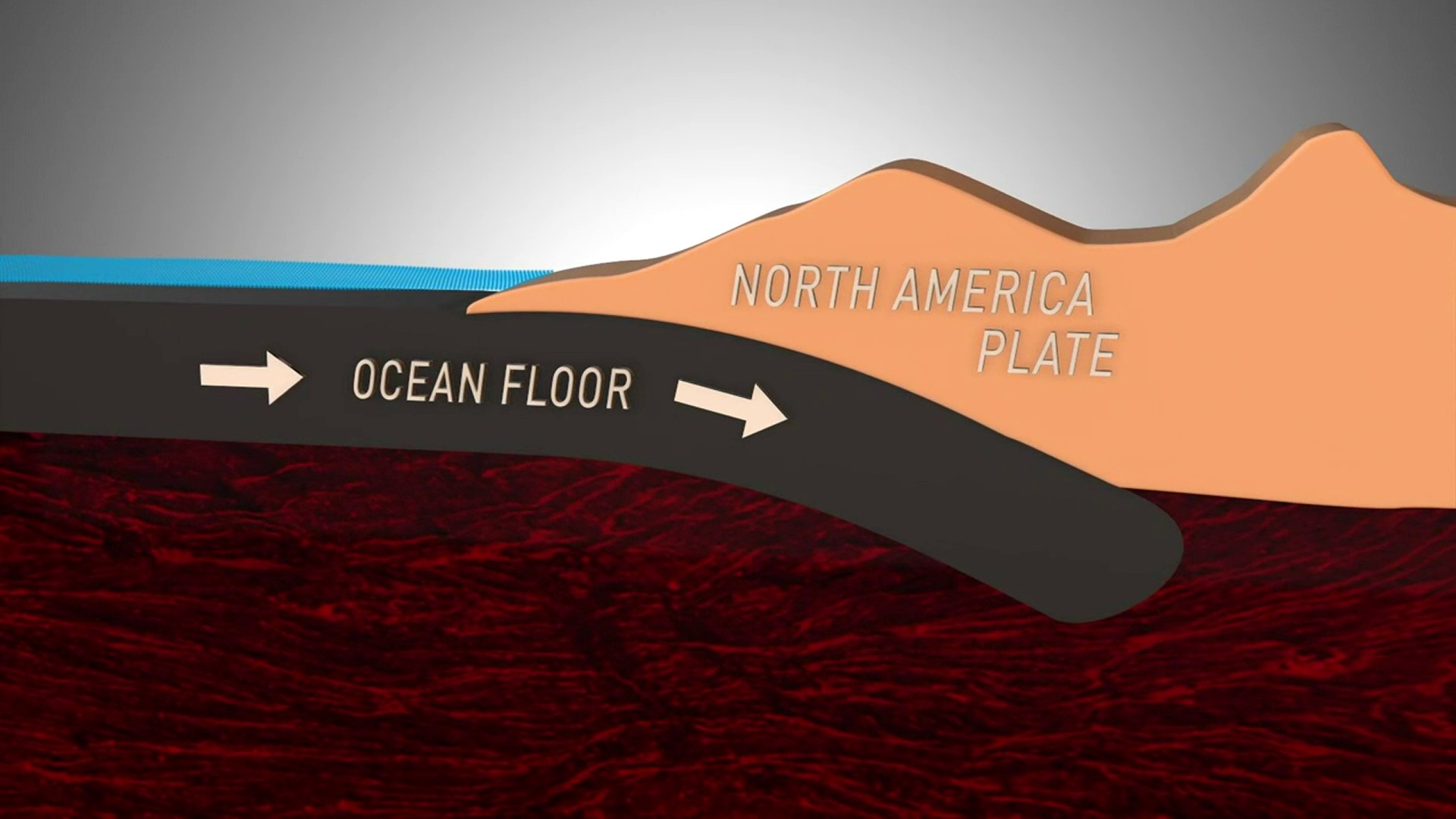Local hospitals have been preparing for the worst by creating a network of health care professionals coming together for one goal, to save lives.
“We have a number of emergency generators at Harborview. We also have fuel to last a really good reasonable length of time,” said Anne Newcombe, Harborview’s clinical director of emergency services.
Newcombe says power is key during an emergency. Keeping the lights on and machines running at Harborview Medical Center is the difference between life and death. The level one trauma center will be the hub of all medical aid in the event of a mass casualty. Despite the loss of internet during a catastrophic earthquake, Harborview says they have other mechanisms for finding out that information.
“We are prepared to look after patients for a number of days, weeks with also assistance from our local partners, other hospitals, public health, and Northwest Healthcare Response Network,” said Newcombe.
That network was put to the test during the crash on the Aurora Bridge. Careful planning sent patients to area trauma centers and hospitals to get the necessary level of care
That mass casualty event like any other disaster is coordinated in the radio room of Harborview. It’s a room used every day where emergency medicine physicians work with the Seattle Fire Department to provide medical guidance. It’s in partnership with the city and the fire department to provide care out in the field to patients. In addition they also provide guidance and care to airlift Northwest.
“In a major event whether it's a large earthquake or a mass casualty this room becomes very active,” said Newcombe.
During an emergency, the radio room becomes the Disaster Medical Control Center (DMCC), where they will coordinate and work with medical professionals in the field, medics, and fire departments. Newcombe says typically paramedics will work with the physicians but during a major event they will take that burden off field personnel and coordinate patient distribution based upon level of injury.
But once those patients get to the hospital, the question is will there be enough medical personnel to treat them? Newcombe says in the event of a disaster the doctors, nurses, and support staff who are already at work are expected to stay as long as necessary.
“So one of the key pieces of this is really home preparedness," explains Newcombe. "We expect our staff to stay to look after each other and look after patients and you can only do that if you know that your family, your dog at home are being well looked after. Otherwise she won't be focused on caring and looking after patients here. So, home preparedness is essential…So, when you're at work and an event occurs people will be staying so we provide and have planned for accommodation, so we have accommodation plans, we have plans for food, we have plans for charging their cell phones providing them with perhaps their communication lines. We do that so that our staff can actually stay here and care for the community, because that's what we're here for.”
However, she says the hospital staff will not have to face the surge of injuries alone. There are volunteer physicians and nurses prepared to jump into action in the event of a major incident to work in partnership with hospital staff who may be working for several days straight.
One of the most important elements in maintaining critical care is that none of the emergency rooms get overwhelmed. The goal is share the load.
The Northwest Health Care Response Network has redundant systems in place so that no one falls through the cracks. All hospital in the area will open their doors, including specialty care facilities like Seattle Children's.
“Seattle Children's becomes a hospital like any other hospital so we would be having people come to us by ambulance, which would most likely be children, but we would also have people just walking off the street or being delivered by their family members, and we would just take whoever came in the door," said Margot Kravette, Manager of Emergency Preparedness at Seattle Children’s. "It's our obligation to do that, and we provide excellent care to children and adults. We have to think about that though. We have to know that we have the right supplies to be able to take care of adults. And just as community hospitals don't have pediatric, they have to be prepared to take children as well.”
While it's reassuring to know that hospitals are prepared, the most important component to survival is being prepared at home. In the event of a major earthquake, emergency medical services will be slow, and it could be up to you to save a life.
“We want to make sure that the public are aware that having a really good robust first aid kit," Newcombe said, "knowing how to put a tourniquet on for a bleeding limb. They know some of these principles so that they can also care for themselves or some of these other injuries that may occur.”


